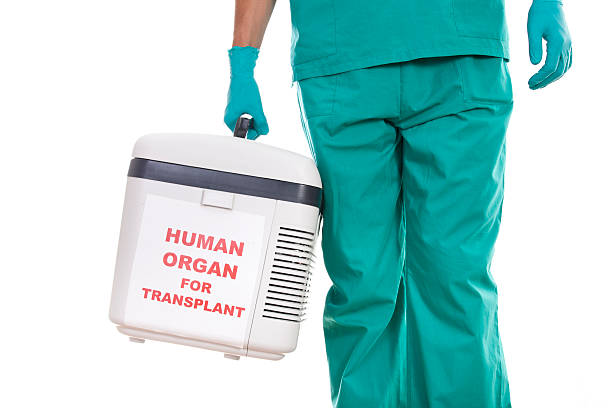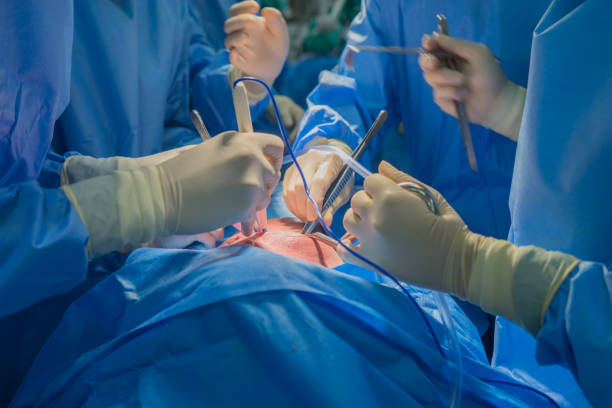
Introduction
Cell and tissue designing address weighty fields that are changing medical care by empowering the advancement of fake organs, tissues, and cell-based treatments. These advances can possibly reform regenerative medication and customized medical care, offering new desire to patients with ongoing infections and wounds. Specialists are outfitting the force of undeveloped cells, biomaterials, and tissue designing procedures to develop organs in the lab and foster creative treatments for a scope of ailments.
Description
One of the most encouraging parts of cell and tissue designing is the capacity to develop organs in the lab. Organ transplantation is much of the time the main treatment choice for patients with organ disappointment, however the interest for organs far surpasses the stockpile. By developing organs in the lab, scientists desire to beat this deficiency and give patients a promptly accessible wellspring of organs that are viable with their bodies.

Undifferentiated cells assume a critical part in this cycle.
These cells have the ability to interest to separate into different cell types, making them ideal for recovering harmed tissues and organs. Analysts are investigating various wellsprings of immature microorganisms, including early stage undifferentiated organisms, actuated pluripotent undifferentiated cells (iPSCs), and grown-up foundational microorganisms, to foster treatments for conditions like coronary illness, diabetes, and neurological issues.
One of the difficulties in developing organs in the lab is establishing a reasonable climate for the cells to develop and create. Specialists are creating biomaterials that emulate the properties of the extracellular network, the regular habitat wherein cells dwell in the body. These biomaterials offer primary help and prompts for the cells to develop and separate, eventually prompting the arrangement of utilitarian tissues and organs.
As well as developing organs in the lab, cell and tissue designing are likewise being utilized to foster cell-based treatments for a scope of ailments. These treatments include relocating cells into the body to supplant harmed or useless tissues, animate the body's own regenerative cycles, or convey helpful atoms straightforwardly to the site of injury or sickness.

For instance, analysts are involving foundational microorganisms to foster treatments for spinal string wounds, where the phones are relocated into the harmed region to advance tissue recovery and re-establish capability. Essentially, in the area of cardiology, undifferentiated cell treatments are being researched as a method for fixing harmed heart tissue following a respiratory failure.
Moreover,
cell and tissue designing are additionally being utilized to foster customized medication draws near. By utilizing a patient's own cells to develop tissues and organs, scientists can make treatments that are customized to the individual, diminishing the gamble of dismissal and working on the general viability of the treatment.
Notwithstanding these promising advances, there are still difficulties to conquer in the field of cell and tissue designing. One of the key difficulties is guaranteeing that the designed tissues and organs are protected and compelling for transplantation into patients. Analysts are attempting to foster strategies to guarantee that the cells are appropriately incorporated into the body and capability as planned.
One more test is the adaptability of these advancements. While scientists have been effective in developing little tissues and organs in the lab, increasing to create bigger organs reasonable for transplantation stays a critical test. Scientists are investigating new procedures and innovations to address this test, remembering 3D bio printing and organ-for a-chip advances.

Conclusion
All in all, phone and tissue designing address an upset in medical services, offering new desire to patients with persistent sicknesses and wounds. By bridling the force of foundational microorganisms, biomaterials, and tissue designing procedures, scientists are creating imaginative treatments and developing organs in the lab. While there are still difficulties to survive, the capability of these advancements to change regenerative medication and customized medical care is enormous, offering additional opportunities for the fate of medication.



You must be logged in to post a comment.